|
What is declawing? Feline declawing is an elective and ethically controversial procedure, which is NOT medically necessary for cats in most instances. Declawing entails the amputation of a cat’s third phalanx [P3], or third ‘toe bone.’ Unlike human nails, cats’ claws are attached to the last bone in their toes. A comparison in human terms would be cutting off a person’s finger at the last joint of each finger. It is important to understand that scratching is normal behavior for cats, and has an inherent function. Cats scratch to:
Alternatives to declawing 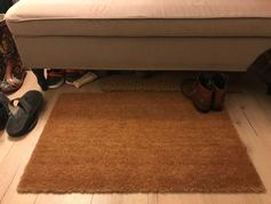 Scratching posts/pads Provide your cat with suitable ‘scratchers’ where they can exhibit normal scratching behavior. Scratchers come in multiple styles and textures. It is important to experiment with a variety of textures and types of scratchers to determine which your cat prefers. Some examples I have come across include:
The placement of scratchers is very important.
Kittens and cats can be trained to use scratchers by rewarding use of the scratcher with the cat’s favorite treat. A spray bottle of water nearby can be useful if used with calmness and no dramatics. Cats should always be positively reinforced and never punished. Regular claw trimming Regularly trimming your cat’s claws can prevent injury and damage to household items. Proper feline nail trimmers should be used to prevent splintering of the claws. The frequency of claw trimming will depend on your cat’s lifestyle. Indoor cats, kittens, and older cats will need more regular nail trims, whereas outdoor cats may naturally wear down their nails requiring less frequent trimming. If possible, start trimming as kittens so they become comfortable with the process early on. This method of teaching early is called imprinting. If your cat does not like claw trimmings start slow, offer breaks, and make it a familiar routine. Ask your veterinarian for advice or a demonstration on trimming your cat’s claws. Always trim claws in a calm environment and provide positive reinforcement. Continued scratching by cats may be related to stress, anxiety, attention seeking, or a perceived lack of security in their environment. Anxiety can also be intensified by punishment, thus driving the cat to increase scratching behaviors in the same or other undesirable locations in the home. Feliway® the synthetic pheromone can be bought as a bottle of liquid and plugged into your wall. The heat generated by the plug slowly evaporates the pheromone into the atmosphere. In many of my experiences Feliway has had a positive effect in decreasing anxiety and stress. The pheremone is also undetectable to human noses.
It can also help spraying Feliway® on the objects or areas in your home where your cat has exhibited undesired scratching. Remember to do this after cleaning the area with bio soap and water, to remove the communication marking scents left by your cat’s paws, otherwise the cat will only return to the same place again and again. Applying daily comforting pheromones can prevent your cat’s need to mark these areas again. Feliway® should NOT be sprayed on the desired scratcher. Providing your cat with an environment that is enriching is vital to teaching your cat to scratch on appropriate objects. Destructive scratching can occur in cats because their needs have not been fully met. Cats need the proper resources to perform their natural behaviors and have control over their social interactions. You can enhance your cat’s health and well-being by ensuring all their needs are met in the home. Great sites with lots of wonderful cat information: www.catvets.com/ http://www.adventurecats.org/ Shops with cat goodies: https://www.tiendanimal.es/rascador-esquinero-protector-pared-para-gatos-p-5532.html Kiwoko, Barcelona
0 Comments
Leave a Reply. |
Sign up for our newsletter
Archives
June 2020
Categories |

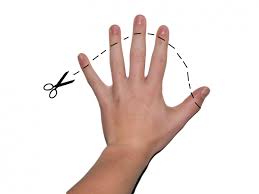
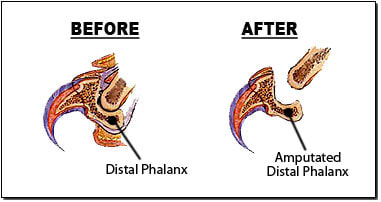
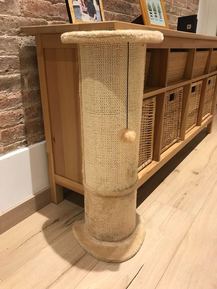
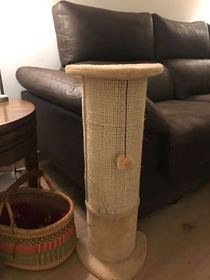
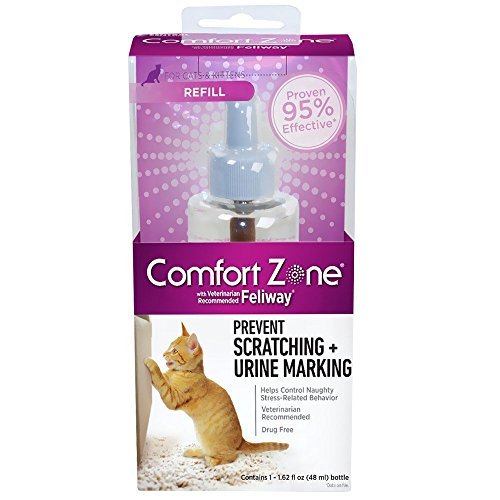
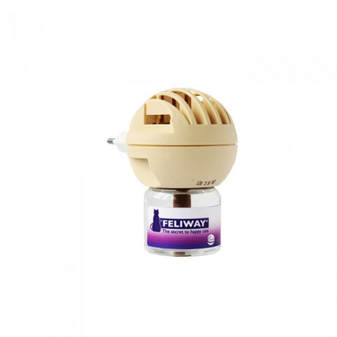
 RSS Feed
RSS Feed